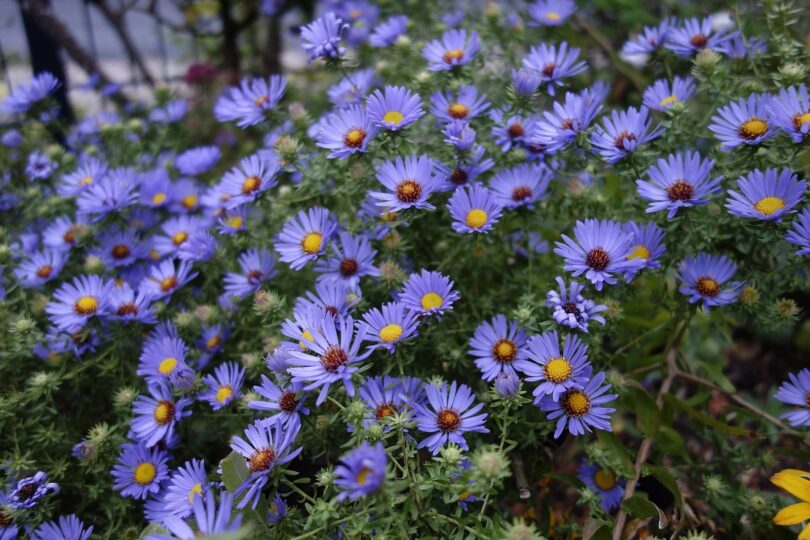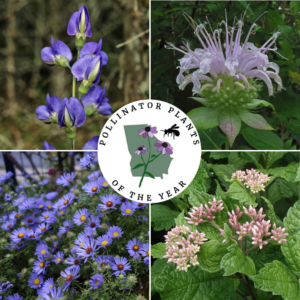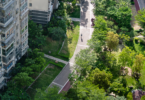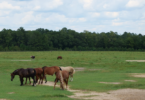With so many options available, it can be challenging to know what plants to add to your home garden that will look beautiful and help the environment. The State Botanical Garden of Georgia at the University of Georgia is helping gardeners by selecting four Georgia Pollinator Plants of the Year.
The program, a collaboration between the State Botanical Garden, UGA Extension and green industry partners, began in 2020. The program annually promotes four top-performing landscape plants that support pollinators. Plants are chosen for the following categories: spring bloomer, summer bloomer, fall bloomer and Georgia native.
The pollinator plant of the year program was designed to encourage the use of high-impact plants that support pollinators in private and commercial gardens. It is funded in part by the Vaughn-Jordan Foundation.
“Our audience has been very receptive to the program,” said the garden’s conservation horticulturist, Heather Alley. “These plants always sell beautifully at our plant sales. One of our partner growers has enjoyed highlighting these plants, and their customers are excited about them.”
The 2023 plants in the four categories of the program are:
Spring bloomer – Blue wild indigo
Baptisia australis
About: Blue wild indigo is a 4-foot-tall perennial wildflower in the pea family. In spring, this plant has tall spikes of eye-catching cobalt blue flowers.
Conservation value: Supports many native bees and other pollinators.
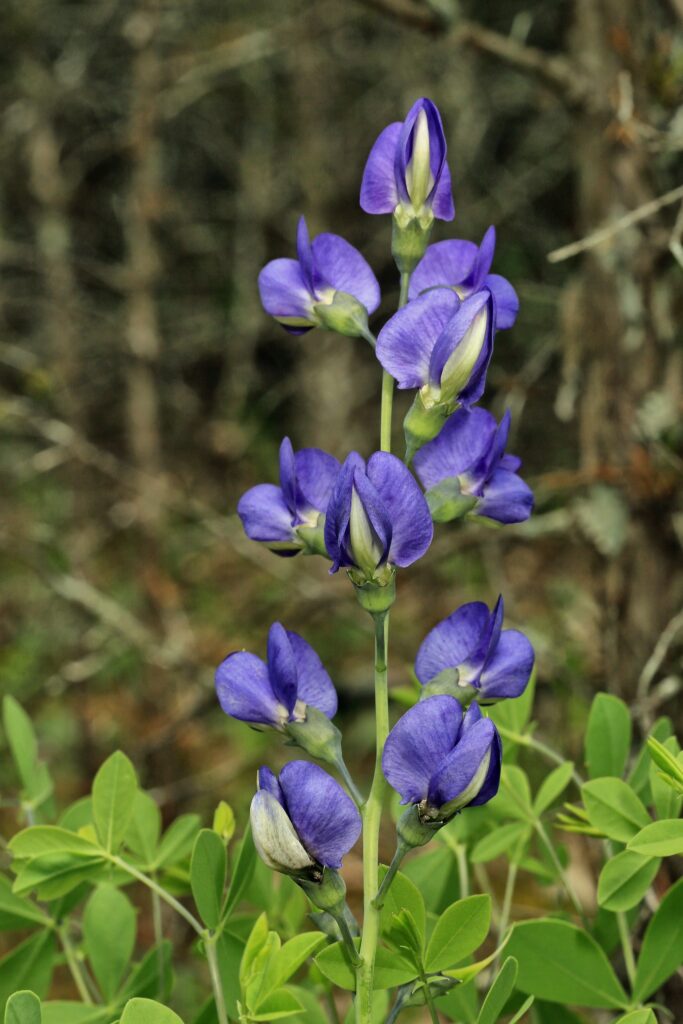
Blue wild indigo, Baptisia australis, is the spring blooming Georgia Pollinator Plant of the Year for 2023. (Submitted photo)
Summer bloomer – Wild bergamot
Monarda fistulosa
About: Wild bergamot is a perennial in the mint family that grows 4 to 5 feet tall, with long-lasting white, lavender or magenta summer blooms that attract many different pollinators.
Conservation value: Supports many native bees, hummingbirds and butterflies.
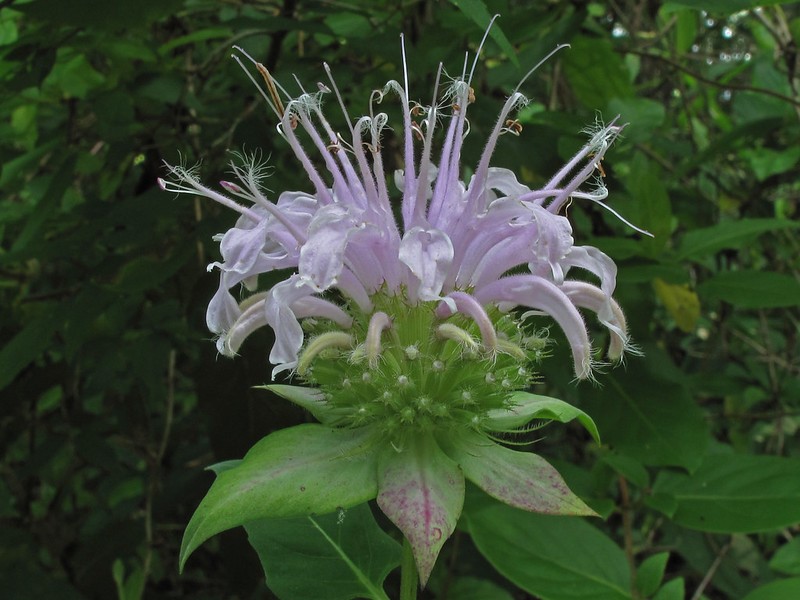
Wild bergamot, Monarda fistulosa, is the summer blooming Georgia Pollinator Plant of the Year for 2023. (Submitted photo)
Fall bloomer – Aromatic aster
Symphyotrichum oblongifolium
About: Aromatic aster is a perennial wildflower in the sunflower family that grows 3 to 4 feet tall with purple flowers in the fall.
Conservation value: Supports many native bees, butterflies, hover flies and wasps.
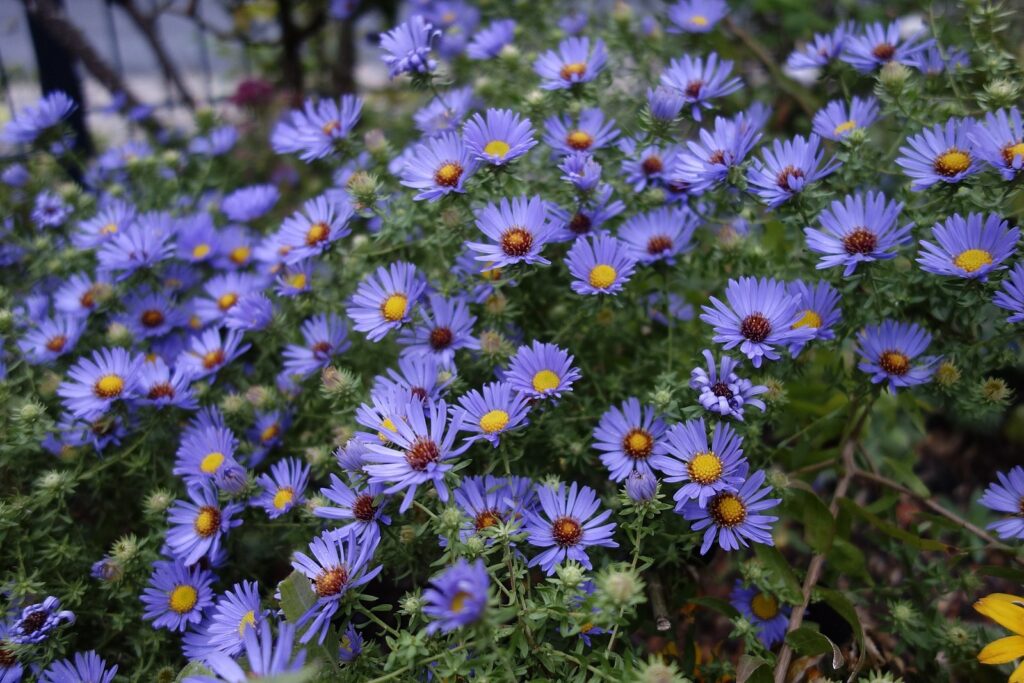
Aromatic aster, Symphyotrichum oblongifolium, is the fall blooming Georgia Pollinator Plant of the Year for 2023. (Submitted photo)
Georgia native – Coastal plain Joe Pye weed
Eutrochium dubium
About: Coastal plain Joe Pye weed is a perennial wildflower in the sunflower family that grows 3 to 5 feet tall with profuse but tiny mauve flowers that bloom from July through September.
Conservation value: Supports bumble bees, small bees, hummingbirds and butterflies.
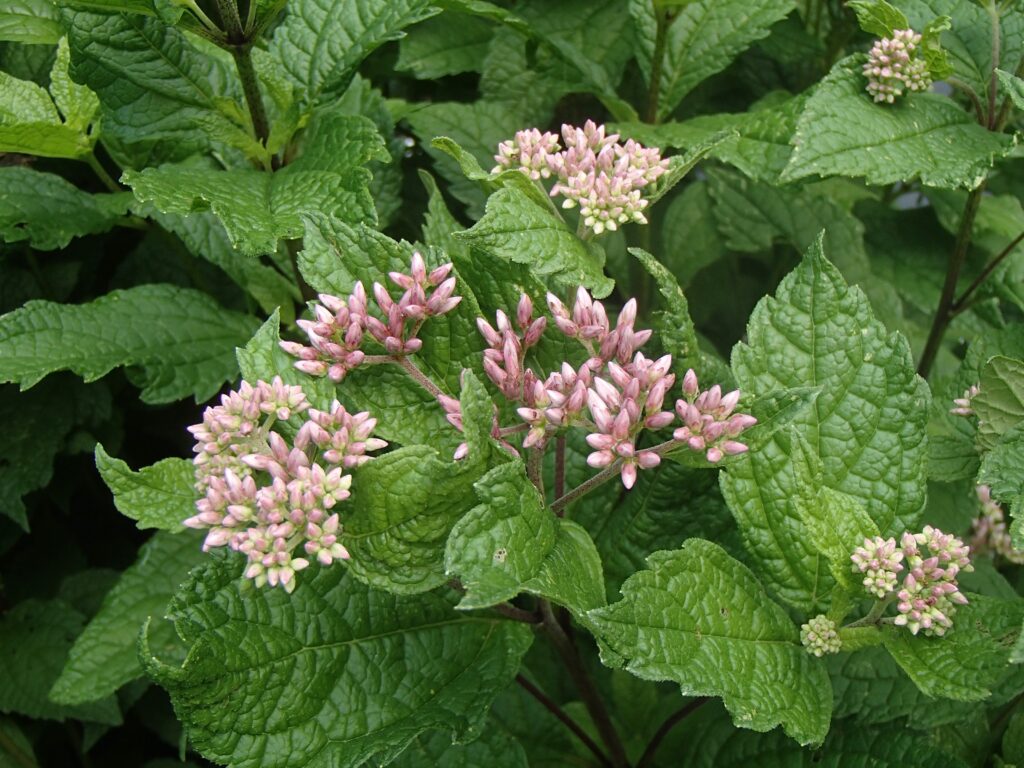
Coastal plain Joe Pye weed, Eutrochium dubium, is the native Georgia Pollinator Plant of the Year for 2023. (Submitted photo)
Alley said all the plants selected this year complement each other with cool, blue undertones. They are also easy to maintain.
The plants are nominated by gardeners, horticulturists, entomologists, ecologists and green industry professionals throughout Georgia and selected by a committee. The committee announces the plants a year in advance to give growers time to increase the stock of the plants for the public.
Becky Griffin is the community and school garden coordinator for UGA Extension and serves on the pollinator plants of the year committee. She is also the coordinator of the Great Southeast Pollinator Census, a citizen science project created by UGA designed for everyone to participate and make a difference in pollinator conservation.
Griffin said serving on the pollinator plant of the year committee and talking about the nominated plants is fun and a great way to get pollinator plants to the general public. She also helps market the pollinator plants to people who want to start pollinator gardens and encourages those who wish to participate in the pollinator census to plant them in their home gardens.
“Planting plants that attract pollinators is a conservation action that we can all do,” said Griffin. “Research has shown that if you build the habitat, they will come. Planting pollinator plants directly impacts our pollinators, which are important for our food crops in Georgia.”
Griffin said you can add the pollinator plants of the year to your space, whether that’s a farm, subdivision or apartment complex.
Although new plants are selected each year, Alley said the goal is to continue promoting all the pollinator plants of the year selections over time. All the plants can work together for a beautiful collection of pollinator favorites that can be added to yearly.
The State Botanical Garden, a unit of UGA Public Service and Outreach, sells the pollinator plants of the year at its spring and fall plant sales, in the garden’s gift shop and works with growers and retailers in Georgia to produce and market the plants.
For more information about the pollinator plants of the year program and a directory of native plant nurseries, visit https://t.uga.edu/649. For more information about the Great Southeast Pollinator Census, visit https://gsepc.org/.


